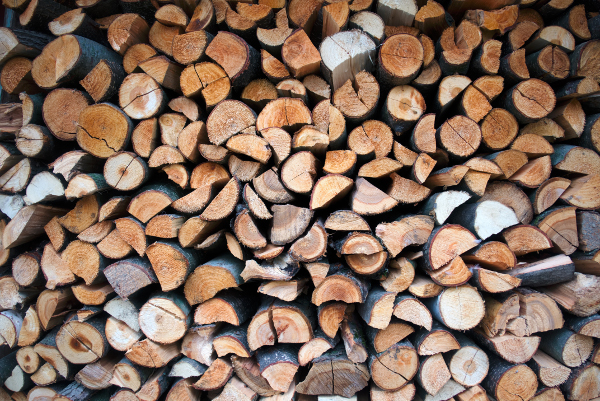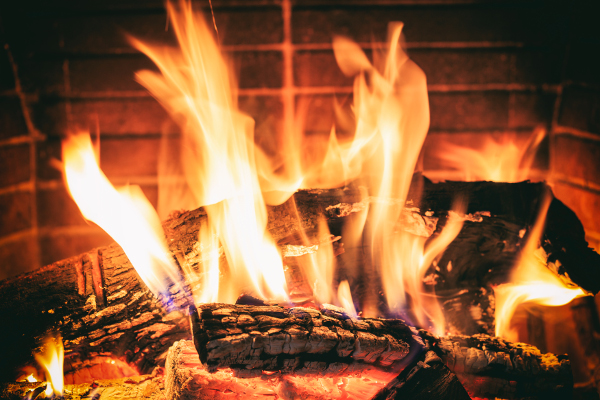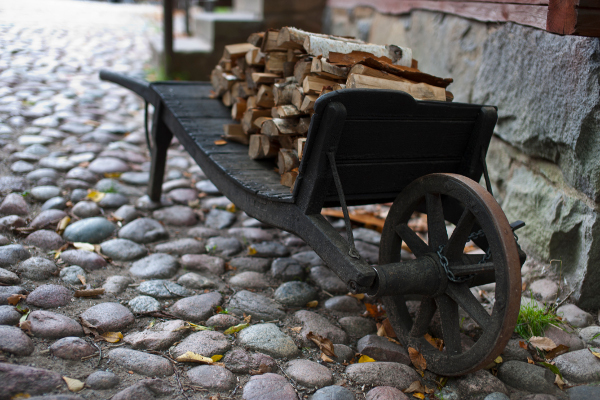Firewood



Firewood Facts
Generally, firewood is not highly processed and is in some sort of recognizable log or branch form, compared to other forms of wood fuel like pellets or chips. Firewood can be seasoned (dry) or unseasoned (fresh/wet). It can be classed as hardwood or softwood.
Some firewood is harvested in "woodlots" managed for that purpose, but in heavily wooded areas it is more usually harvested as a byproduct of natural forests. Deadfall that has not started to rot is preferred, since it is already partly seasoned. Standing dead timber is considered better still, for it has less dirt on the trunk, allowing tools to stay sharper longer, as well as being both seasoned and less rotten. Harvesting this form of timber reduces the speed and intensity of bushfires, but it also reduces habitat for snag-nesting animals such as owls and some rodents.
In most of the United States, the standard measure of firewood is a cord or 128 cubic feet (3.6 m3), however, firewood can also be sold by weight. The BTU value can affect the price. Prices also vary considerably with the distance from wood lots, and quality of the wood.
Buying and burning firewood that was cut only a short distance from its final destination prevents the accidental spread of invasive tree-killing insects and diseases.
-source Wikipedia

